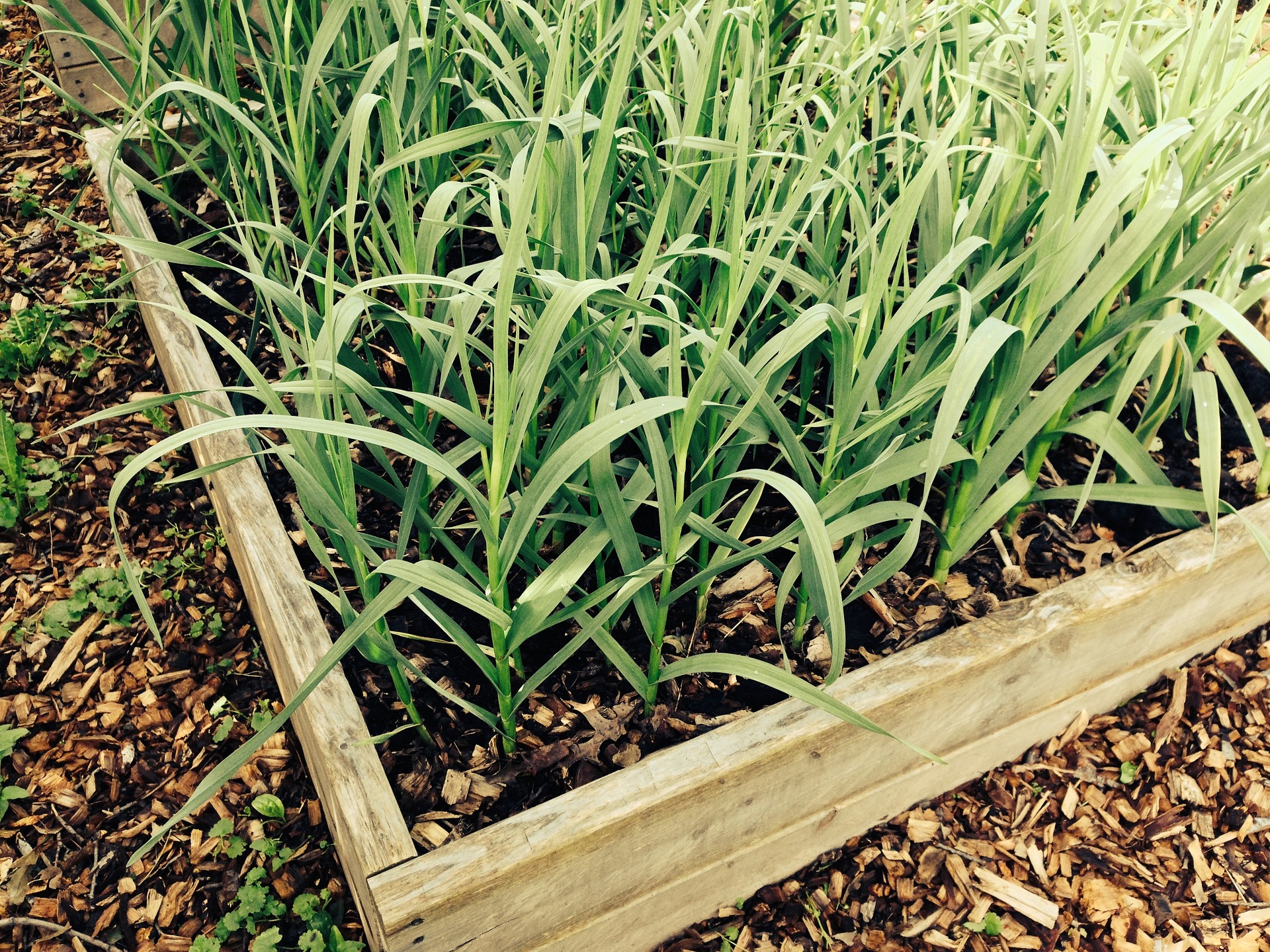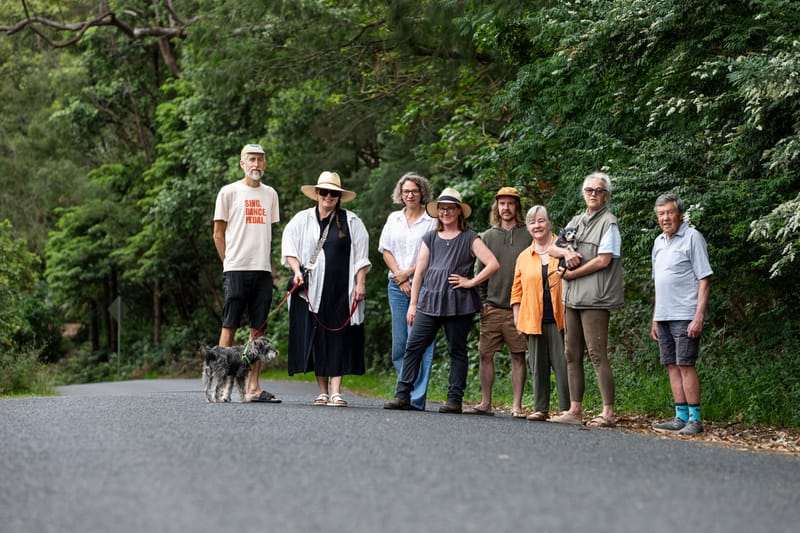Sustainability goals in a cost-of-living crisis
When I graduated from Architecture School in 2008, our lecturers warned us of the dire nature of the last recession in the 90s and how jobs were few and far between. They told us to prepare for a weak employment market and perhaps take a year off to...

When I graduated from Architecture School in 2008, our lecturers warned us of the dire nature of the last recession in the 90s and how jobs were few and far between. They told us to prepare for a weak employment market and perhaps take a year off to travel the world and allow things to recover. How wrong they were! Australia sidestepped that recession and there was plenty of work available.
We now find ourselves in a very different set of economic conditions and, whilst we are all hoping that somehow we can dodge a recession, the clear and present danger is inflation and its effect on the increasing cost of living. It was a welcome announcement that the government is investing in affordable housing. Surely, this is the one big issue facing many people as rents and mortgages keep climbing. The problem at the moment is you can’t build new houses as fast as people move into them.
Affordable housing needs to be consistently on the agenda – in my opinion, it’s one of the most important issues of our time. When people don’t have secure housing, you get all sorts of social and health issues stemming from this failure. This is firmly in the government’s lap. Whilst there are private organisations tackling the issue as well, there need to be more incentives and more budget allocated to increase the supply.
Affordable housing also needs to be sustainably designed housing; it can’t be project homes at the outskirts of cities, robbing valuable farming land and not well connected by public transport. This disastrous style of housing continues to this day and every time I drive past one I shake my head!
Okay, enough ranting – what are three ways we can balance the sustainability goals of the aforementioned affordable housing – or for any house, for that matter!
1. Reducing heating/cooling loads – This one has to be on top of the list. It seems every day the news is scaring us into skyrocketing energy prices. Whilst we can only hope for some government intervention so that we’re not buying Aussie fuel at international prices, what we can control is our use of energy. Apart from wearing ski gear inside in winter, and drinking ice water semi-naked in summer, our homes need to work harder.
Insulation is an obvious one. And not just the bare minimum of insulation – the best and highest value insulation needs to be installed. The good thing is, insulation is pretty cheap and you can buy Aussie made – win-win!
For those of you who have old homes with insulation-less walls, there are ways to get it into them without having to rip off the cladding.
For those of you who rent, have a nice chat with your landlord and tell them how putting insulation in the walls would be a good human-saving thing to do.
2. Electrify/Solarfy – I just made up the word “solarfy”, but you know what I mean: solar panels! I kinda feel these should be mandatory on all new builds with good solar access, and maybe one day this will happen (maybe after the inflation crisis). Most of you will know about Electrify 2515. If we can get our energy from the sun to power our home appliances, hot water and vehicles, it means less reliance on fossil fuels and therefore reducing costs in the long term. And, whilst there’s been a recent uptick in the costs of solar panels, the long-term trend is for them to get cheaper and more efficient. Hopefully, this also works for batteries!
3. Grow your own food – Even if this is a herb garden on a balcony. Can you imagine if everyone grew their own herbs, that would be saving the farm-vehicle energy, the transport energy, the fridge-in-the-supermarket energy and the energy to go to your supermarket and then store your fresh produce in your fridge. Times that by about eight billion people and those are significant energy and money savings. Apologies to all you herb farmers out there, I’m just using you as an example.
I could add a bunch more ways to balance architectural sustainability goals in a cost-of-living crisis, things such as double-glazing, building orientation, window shading, thermal mass, light-coloured roofs, and locally sourced materials, especially timber. Actually the irony is in the title, because the more sustainable we become, so too does our cost of living.
Perhaps the title should have been – How to beat a cost-of-living crisis with sustainability goals. Take that, Inflation Dragon!





